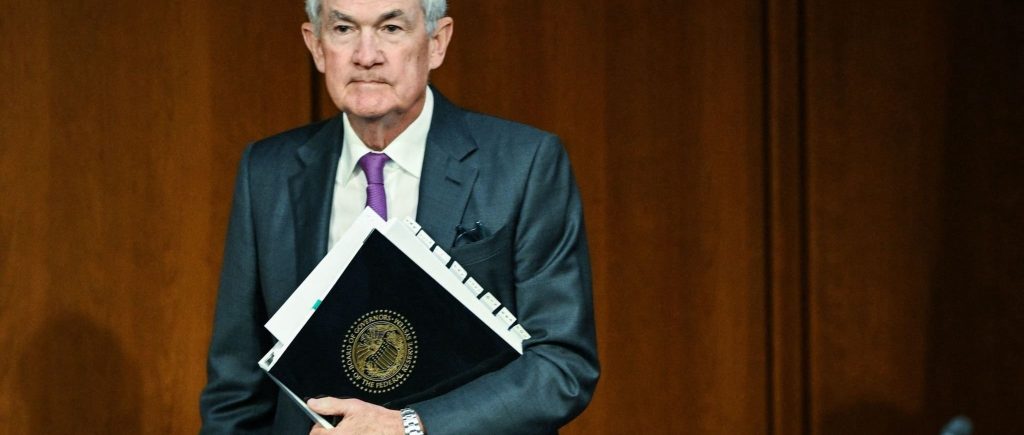US Federal Reserve Chairman Jerome Powell is scheduled to make his final public appearance before the Fed’s policy-setting committee on Thursday. The speech is scheduled to take place before the committee’s October 31-November 1 policy meeting.
Powell’s speech is expected to focus on the recent rapid increases in bond yields, which could help the Fed reach its inflation target, but also signal that policy is approaching a critical moment.
The Fed has shifted rapidly from a single inflation lens to a recession-avoidance lens, and ‘setting the right policy’ now depends partly on whether the increase in Treasury yields reflects investor anticipation of further Fed rate hikes or changes in views about the economy and its risks. In one scenario, the Fed may feel the need to follow the market and meet those expectations.
In the other, investors may be helping the Fed along by substituting rate hikes for rate hikes. Much has changed since the September meeting, and several Fed officials signaled last week that a rise in bond yields could remove the need for further rate hikes.
The next meeting could well mark the start of a new policy debate, with Powell’s comments likely laying the groundwork for it. If the Fed sticks to its current stance on rates at its November 1 meeting, as financial markets expect, it would mark the first time in the tightening cycle since March 2022 that the central bank has not raised rates at a meeting in a row.
One of the challenges for Powell will be to spell out what he expects to happen while leaving the door open to future rate hikes. Another challenge will be to temper speculation about potential rate cuts or other changes to Fed policy, including a reduction in the central bank’s balance sheet.
Powell needs also to address where he thinks inflation is headed. Recent data on balance don’t fully back the Fed’s view of a gently slowing economy and steadily easing inflation. Fed Governor Christopher Waller last week referred to a “booming” economy, with third-quarter gross domestic product growth possibly hitting a 4% annual rate.
However, underlying “core” inflation did slow, but other details were not so comforting, including a large increase in housing inflation that went against the Fed’s expectation for easing shelter cost pressures and a larger rise in parts of the service sector where policymakers worry inflation is the most entrenched. Powell will have to say if that has shaken his faith in continued “disinflation.”
The data for September “do not support the Fed’s narrative that disinflation will march on… even if the economy keeps growing and unemployment stays low.

 Noor Trends News, Technical Analysis, Educational Tools and Recommendations
Noor Trends News, Technical Analysis, Educational Tools and Recommendations




